I've been trying to set mysql and phpMyAdmin for the last 12 hours, without any success. And yes, after hours and hours of Google-ing I know that is a common problem and I've read similar queries on stackoverflow but still can't come with the solution.....
I've tried everything - from changing the
$cfg['Servers'][$i]['port']
in the config.inc.php file to 3306, 127.0.0.1....
typing the socket path in the config.inc.php file - both tmp/mysql.php and the /var/mysql/mysql.sock.
I've tried changing the socket path in the my.cnf file and the php.ini....but I keep getting the same error:
#2002 - No such file or directory
The server is not responding (or the local server's socket is not correctly configured).
I'm using MySQL (5.1.65), PhpMyAdmin (3.5.2.2) and PHP (5.3.8).


